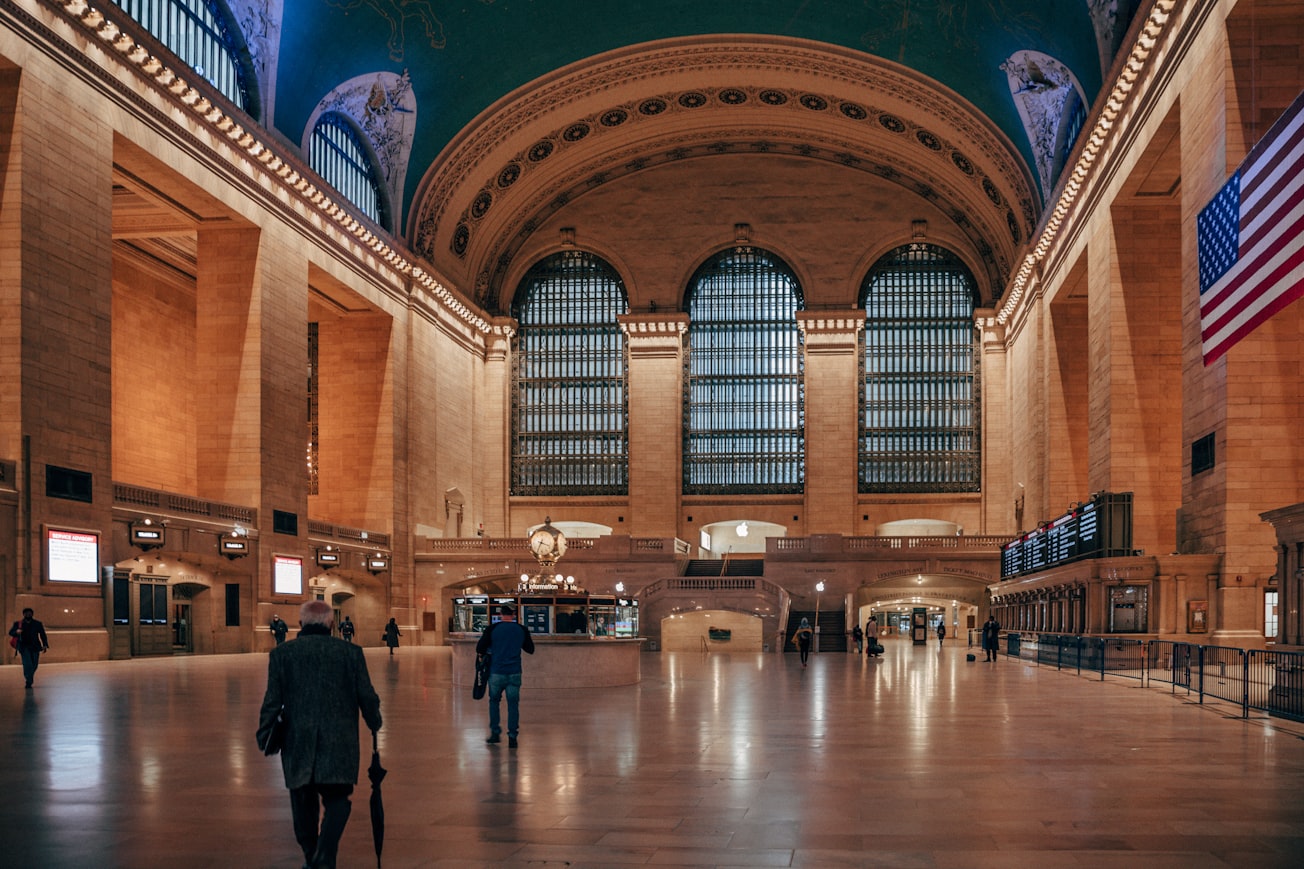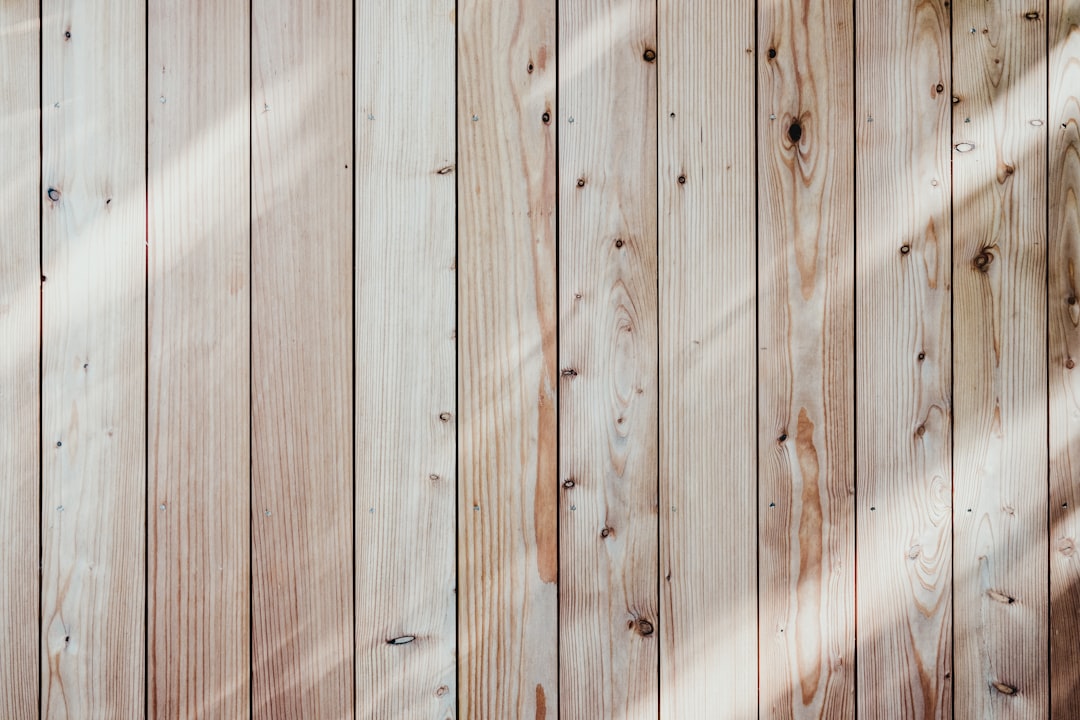What is it about?
Over the coming decades, the widespread application of social distancing creates challenges for the urban planning and design profession. This article aims to address the phenomenon of boredom in public places, its main influences that generate change in repetition, monotony and everyday lifestyle, whether positive, negative or both – depending on the binding and governing rules of urban shape variations and daily lifestyles.
Featured Image

Photo by Edgar Moran on Unsplash
Why is it important?
Evidence from previous studies helped develop three-pillar guidelines that can produce better results for post-pandemic development in the face of boredom. These pillars include recommendations for the trinity of heterogeneity for metamorphosis in urban form, changes in public life and digital transformation in a time of uncertainty on how to confront (un)seen boredom in public spaces. Practitioners should develop new insights into the relationship between people and place by reviewing existing paradigms in urban studies to avoid repetition, monotony and change in everyday life after a pandemic.
Perspectives
The added value here is in underlining boredom as one of the consequences of social distancing and lockdown applications building on the phenomenon's theorizers. The key contribution of this work is the three-pillar recommendation for confronting the boredom in public spaces that happens because of social distancing and lockdown.
Professor Abeer Elshater
Ain Shams University
Read the Original
This page is a summary of: COVID-19 and “the trinity of boredom” in public spaces: urban form, social distancing and digital transformation, International Journal of Architectural Research Archnet-IJAR, September 2021, Emerald,
DOI: 10.1108/arch-05-2021-0133.
You can read the full text:
Contributors
The following have contributed to this page










